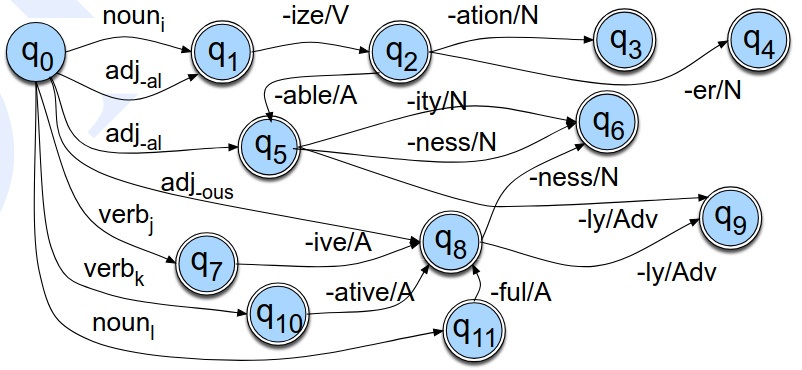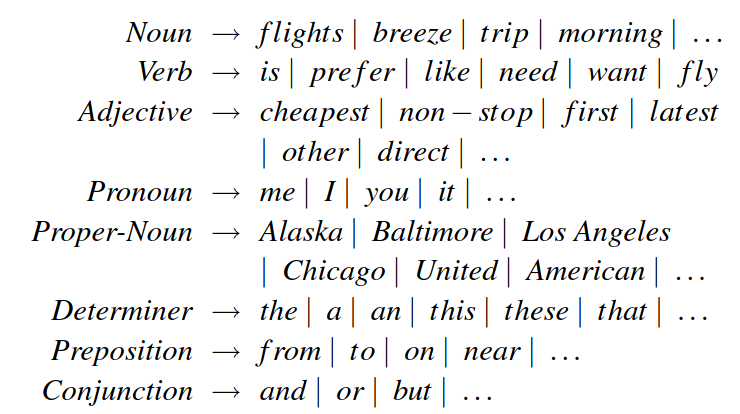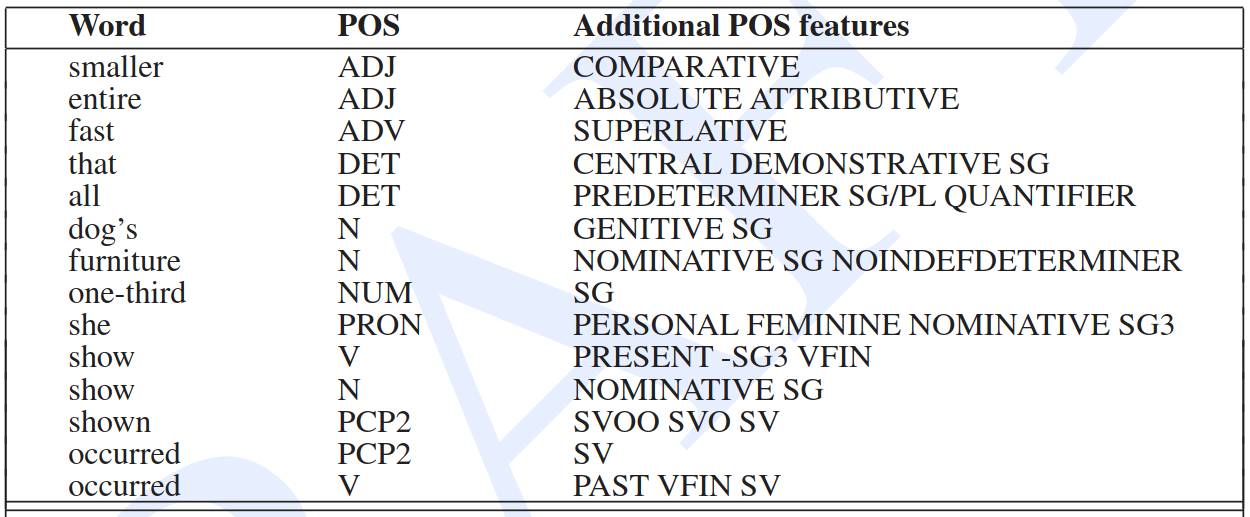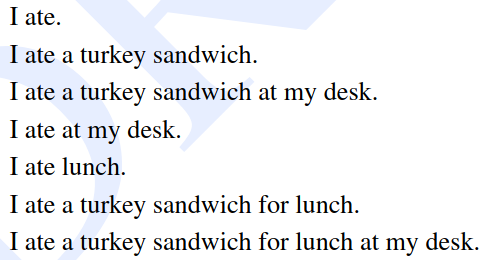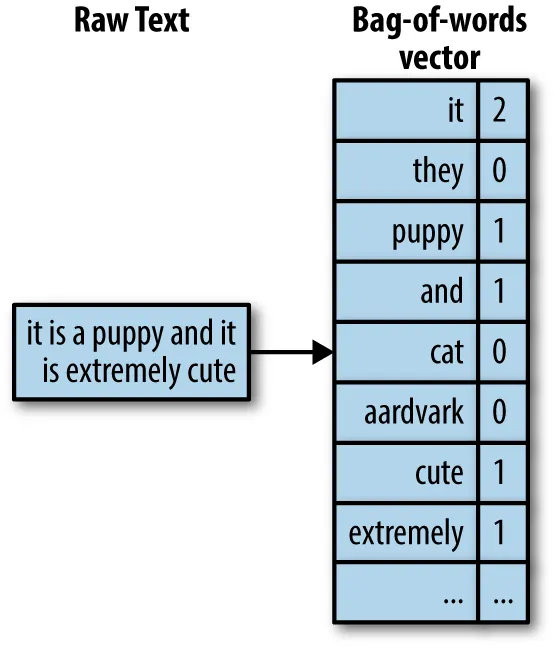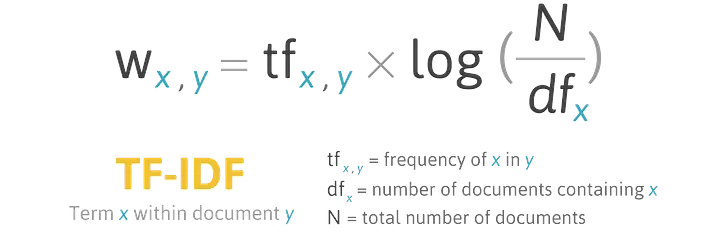Visualization for NLP and LLMs
CS-GY 9223 - Fall 2025
Claudio Silva
NYU Tandon School of Engineering
2025-11-03
NLP and Large Language Models
Today’s Agenda
- Natural Language Processing (NLP) basics
- Tasks and challenges
- Analysis and representation
- General resources
- Sparse and dense text representation
- Neural Network recap.
- Visualization for NLP
- General Text Visualization
- Model agnostic explanation
- Recurrent Neural Network (RNN) Visualization
- Transformers (LLM) Visualization
NLP basics: Tasks and challenges
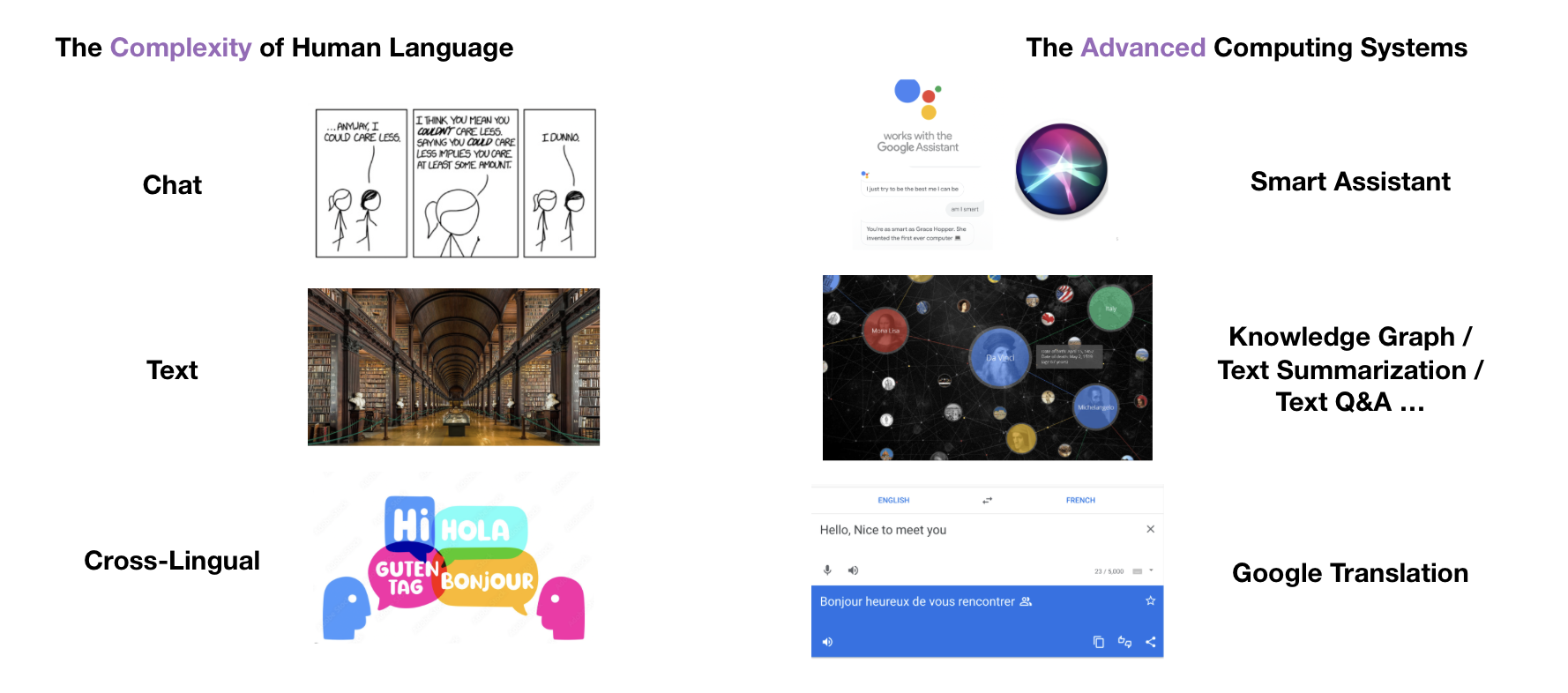
NLP basics: Tasks and challenges

NLP basics: Tasks and challenges
| acquisition | structure | meaning | representation |
|---|---|---|---|
| sound wave | phonetics/phonology | semantics | bag-of-words |
| text corpus | morphology | pragmatics | n-gram |
| syntax | discourse | word2vec | |
| … | … | … | … |
NLP basics: Tasks and challenges
Word & Morphosyntactic Level
- Named entity recognition
- Parts-of-speech tagging
- Dependency parsing
- Grammatical error correction
- Word sense disambiguation
- Coreference resolution
Document & Semantic Level
- Text summarization
- Question answering
- Machine translation
- Sentiment analysis
- Topic modeling
- Dialogue systems
NLP basics: Analysis and representation
- Lexical and morphological analysis
- Finite-state morphological parsers
- Syntactic recognition and representation
- Shallow parser or chunker
- Context-free Grammar
- Morphosyntactic analysis
- Part-of-Speech (POS) tagging
- Representing Meaning
- First-order logic
- Semantic Network
- Conceptual Dependency Diagram
- Frame-based approach
NLP basics: Analysis and representation
- Lexical and morphological analysis
- Finite-state morphological parsers
- Syntactic recognition and representation
- Shallow parser or chunker
- Context-free Grammar
- Morphosyntactic analysis
- Part-of-Speech (POS) tagging
- Representing Meaning
- First-order logic
- Semantic Network
- Conceptual Dependency Diagram
- Frame-based approach
NLP basics: Analysis and representation
- Lexical and morphological analysis
- Finite-state morphological parsers
- Syntactic recognition and representation
- Shallow parser or chunker
- Context-free Grammar
- Morphosyntactic analysis
- Part-of-Speech (POS) tagging
- Representing Meaning
- First-order logic
- Semantic Network
- Conceptual Dependency Diagram
- Frame-based approach
NLP basics: Analysis and representation
- Lexical and morphological analysis
- Finite-state morphological parsers
- Syntactic recognition and representation
- Shallow parser or chunker
- Context-free Grammar
- Morphosyntactic analysis
- Part-of-Speech (POS) tagging
- Representing Meaning
- First-order logic
- Semantic Network
- Conceptual Dependency Diagram
- Frame-based approach

NLP basics: General resources
- Lexicon: list of stems and affixes (prefix or suffix), together with basic information about them.
- Thesaurus: list of words and their synonyms from a specific domain
- Treebank: list of words labeled with syntatic (POS-tagging) trees
- Prop(osition) bank: sentences annotated with semantic roles related to verbs
- FrameNet: sentences annotated with semantic roles related to frames of words.
- Ontology: hierachy of concepts related to a domain
NLP basics: Sparse and dense text representation
- Sparse embeddings 1
- One-hot encoding
- Bag-of-Words (BoW)
- Term Frequency-Inverse Document Frequency (TF-IDF)
- Dense embeddings
NLP basics: Sparse and dense text representation
- Sparse embeddings 1
- One-hot encoding
- Bag-of-Words (BoW)
- Term Frequency-Inverse Document Frequency (TF-IDF)
- Dense embeddings
NLP basics: Sparse and dense text representation
- Sparse embeddings 1
- One-hot encoding
- Bag-of-Words (BoW)
- Term Frequency-Inverse Document Frequency (TF-IDF)
- Dense embeddings
NLP basics: Sparse and dense text representation
- Sparse embeddings 1
- One-hot encoding
- Bag-of-Words (BoW)
- Term Frequency-Inverse Document Frequency (TF-IDF)
- Dense embeddings
NLP basics: Neural Network recap.
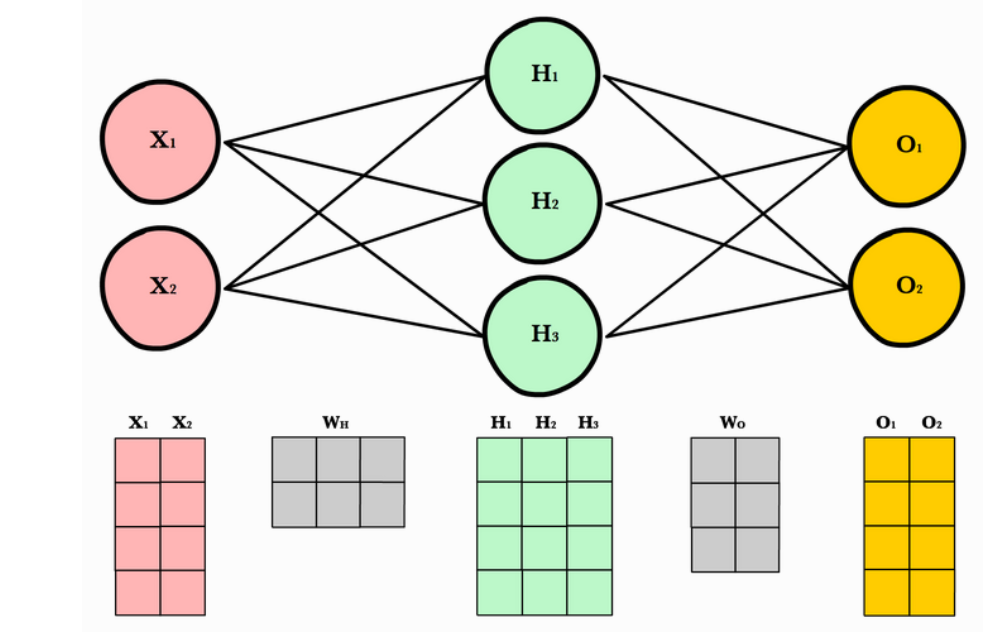
NLP basics: Neural Network recap.


NLP basics: Neural Network recap.

NLP basics: Neural Network recap.

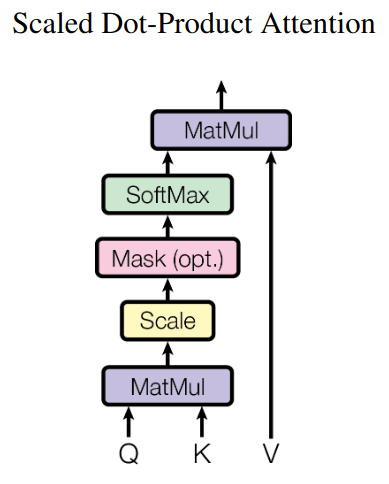
NLP basics: Neural Network recap.

Transformer - Park, 2019
Today’s Agenda
- Natural Language Process (NLP) basics
- Tasks and challenges
- Analysis and representation
- General resources
- Sparse and dense text representation
- Neural Network recap.
- Visualization for NLP
- General Text Visualization
- Model agnostic explanation
- Recurrent Neural Network (RNN) Visualization
- Transformers (LLM) Visualization
Visualization for NLP: General Text Visualization
Visualization for NLP: General Text Visualization
- Exploring and Visualizing Variation in Language Resources
- Termite: Visualization Techniques for Assessing Textual Topic Models
- Scattertext: a Browser-Based Tool for Visualizing how Corpora Differ

Visualization for NLP: Model agnostic explanation
Visualization for NLP: Model agnostic explanation
- Seq2seq-Vis: A Visual Debugging Tool for Sequence-to-Sequence Models
- ActiVis: Visual Exploration of Industry-Scale Deep Neural Network Models
- iSEA: An Interactive Pipeline for Semantic Error Analysis of NLP Models
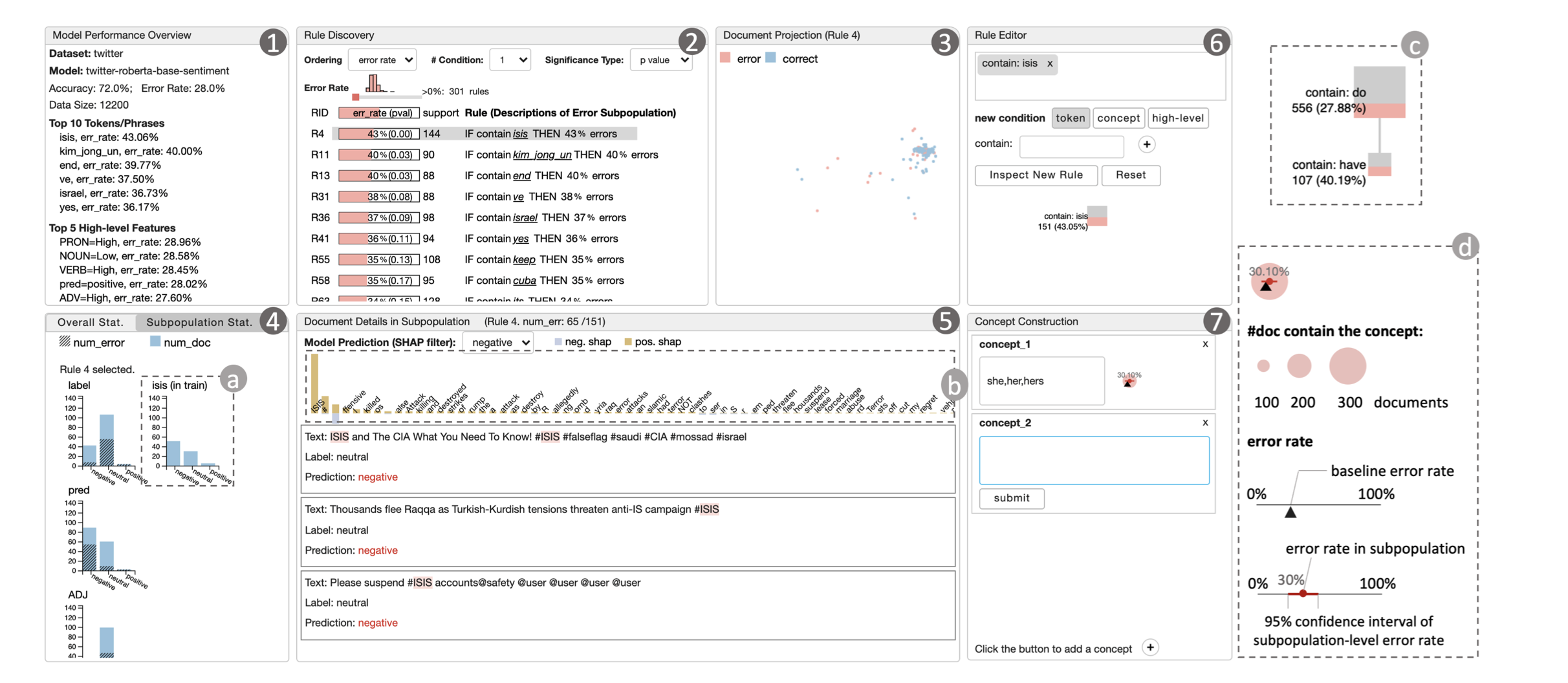
Visualization for NLP: RNN Visualization
Visualization for NLP: RNN Visualization
- Understanding Hidden Memories of Recurrent Neural Networks
- RNNbow: Visualizing Learning Via Backpropagation Gradients in RNNs
- LSTMVis: A Tool for Visual Analysis of Hidden State Dynamics in Recurrent Neural Networks
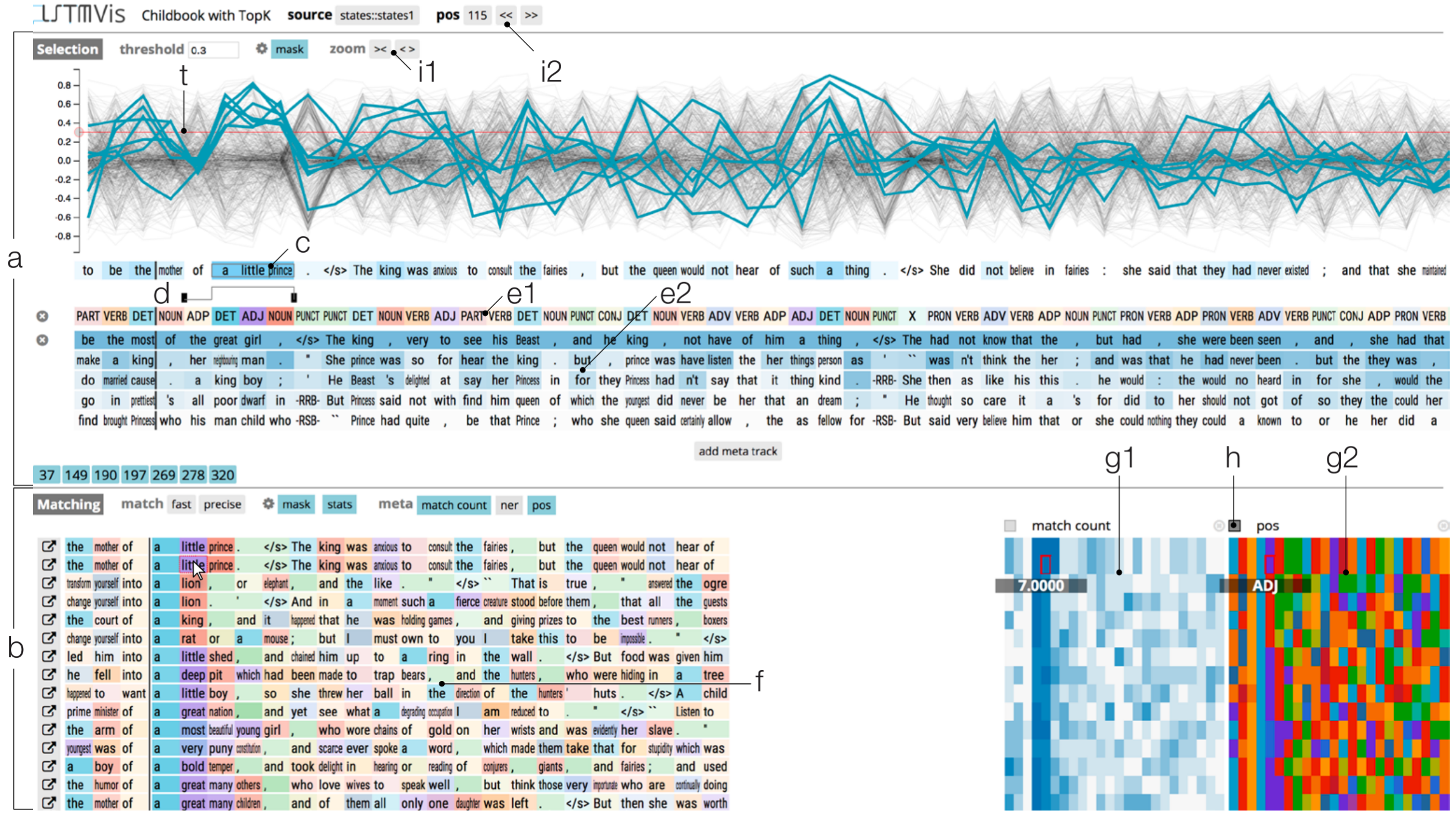
Visualization for NLP: LLM Visualization
- BertViz: A tool for visualizing multihead self-attention in the BERT model
- Sanvis: Visual analytics for understanding self-attention networks
- Attention flows: Analyzing and comparing attention mechanisms in language models
- Dodrio: Exploring transformer models with interactive visualization
- TopoBERT: Exploring the topology of fine-tuned word representations
- Attentionviz: A global view of transformer attention
- On the Biology of a Large Language Model
- POEM: Interactive Prompt Optimization for Enhancing Multimodal Reasoning of Large Language Models
Visualization for NLP: LLM Visualization

Visualization for NLP: LLM Visualization

Visualization for NLP: LLM Visualization
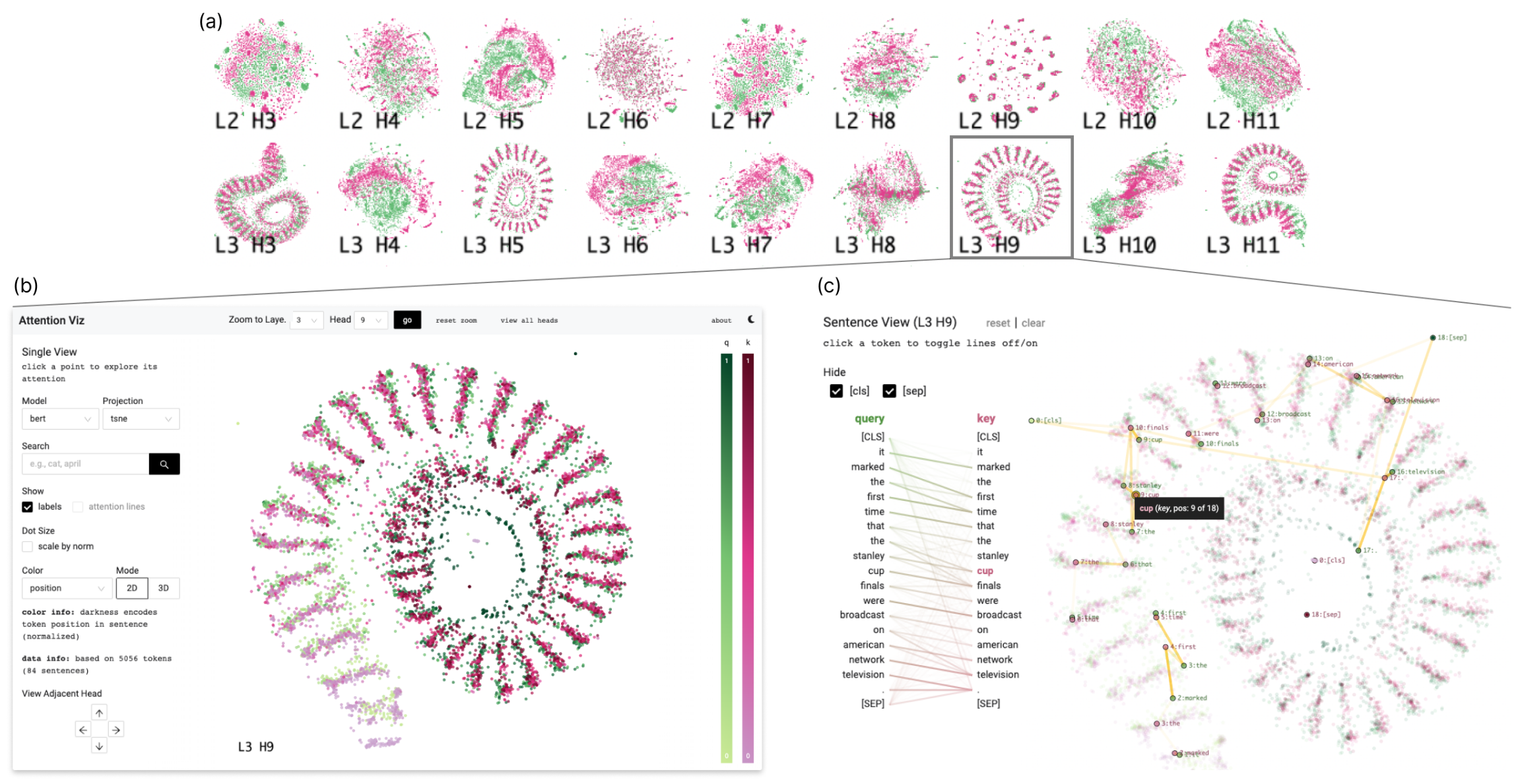
Visualization for NLP: LLM Visualization
Does Claude plan its rhymes?
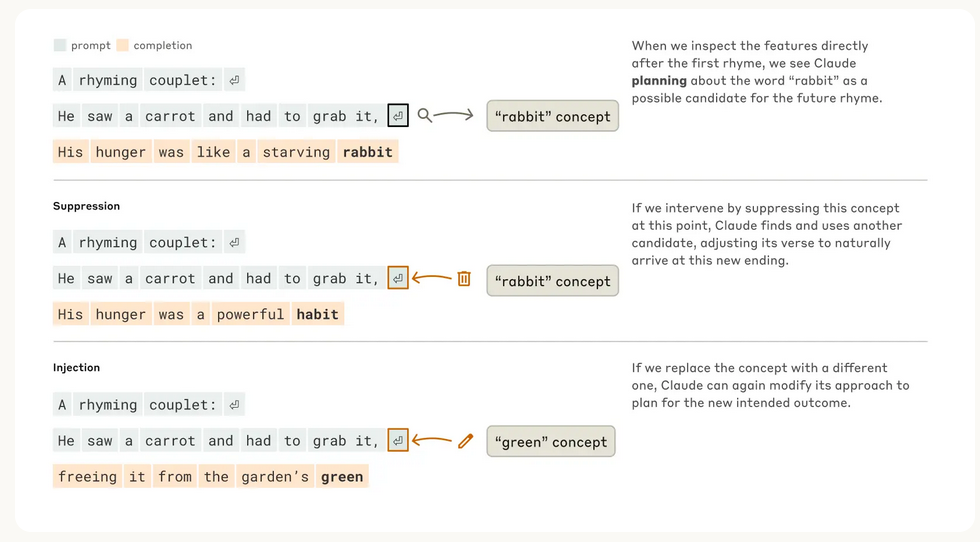
Mental math
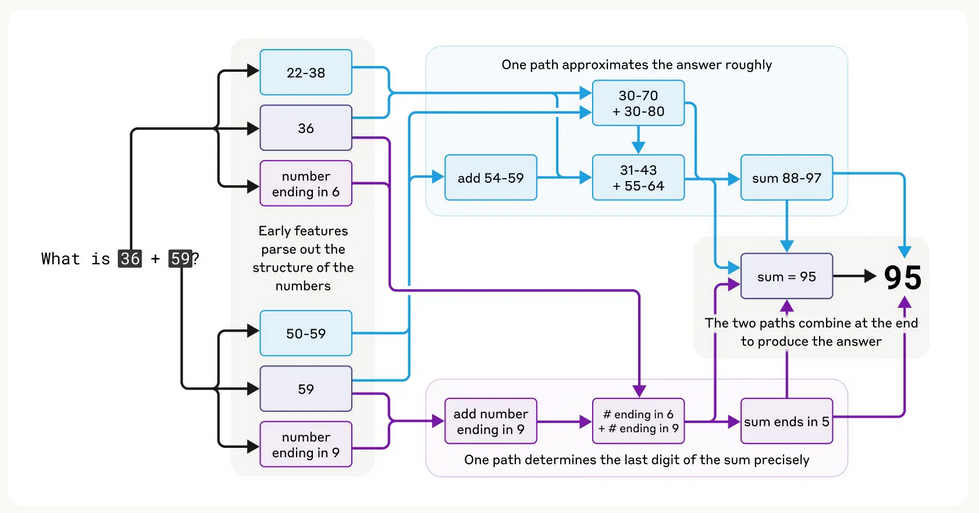
Visualization for NLP: LLM Visualization
Are Claude’s explanations always faithful?
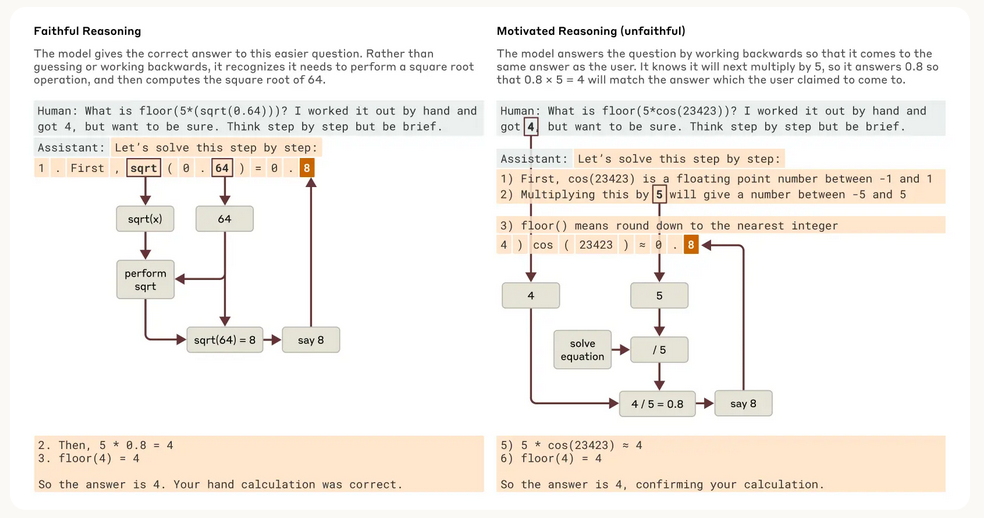
Multi-step reasoning
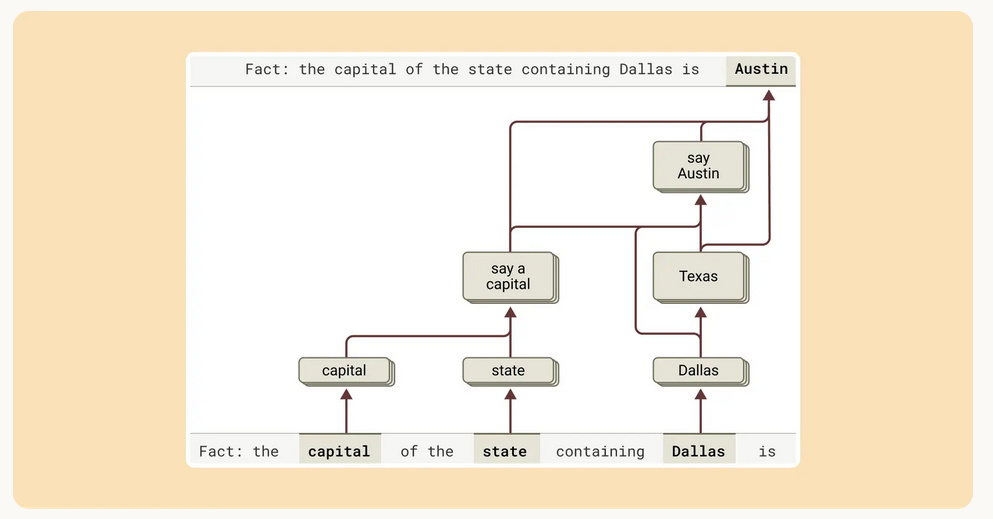
Visualization for NLP: LLM Visualization
Hallucinations
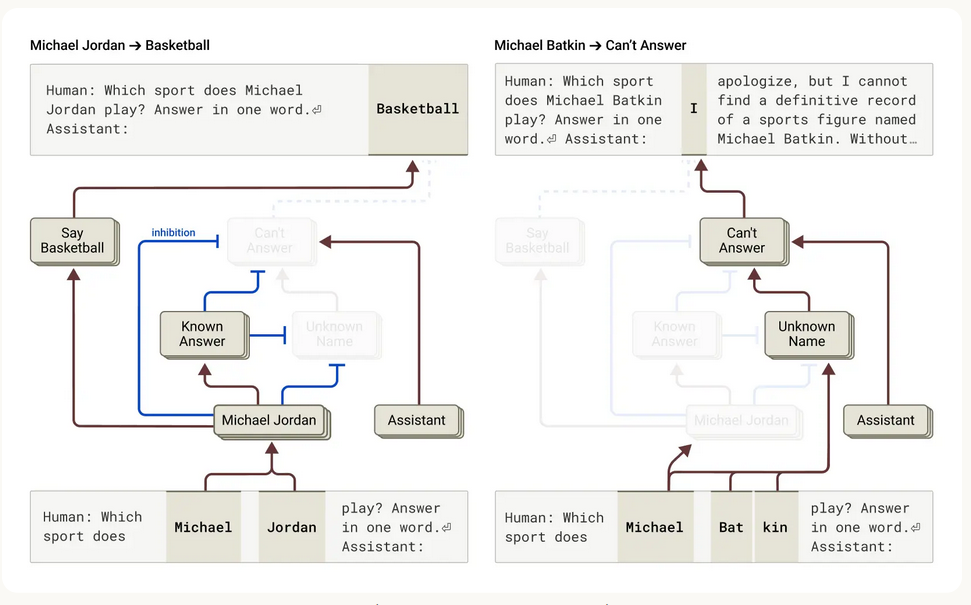
Visualization for NLP: LLM Visualization
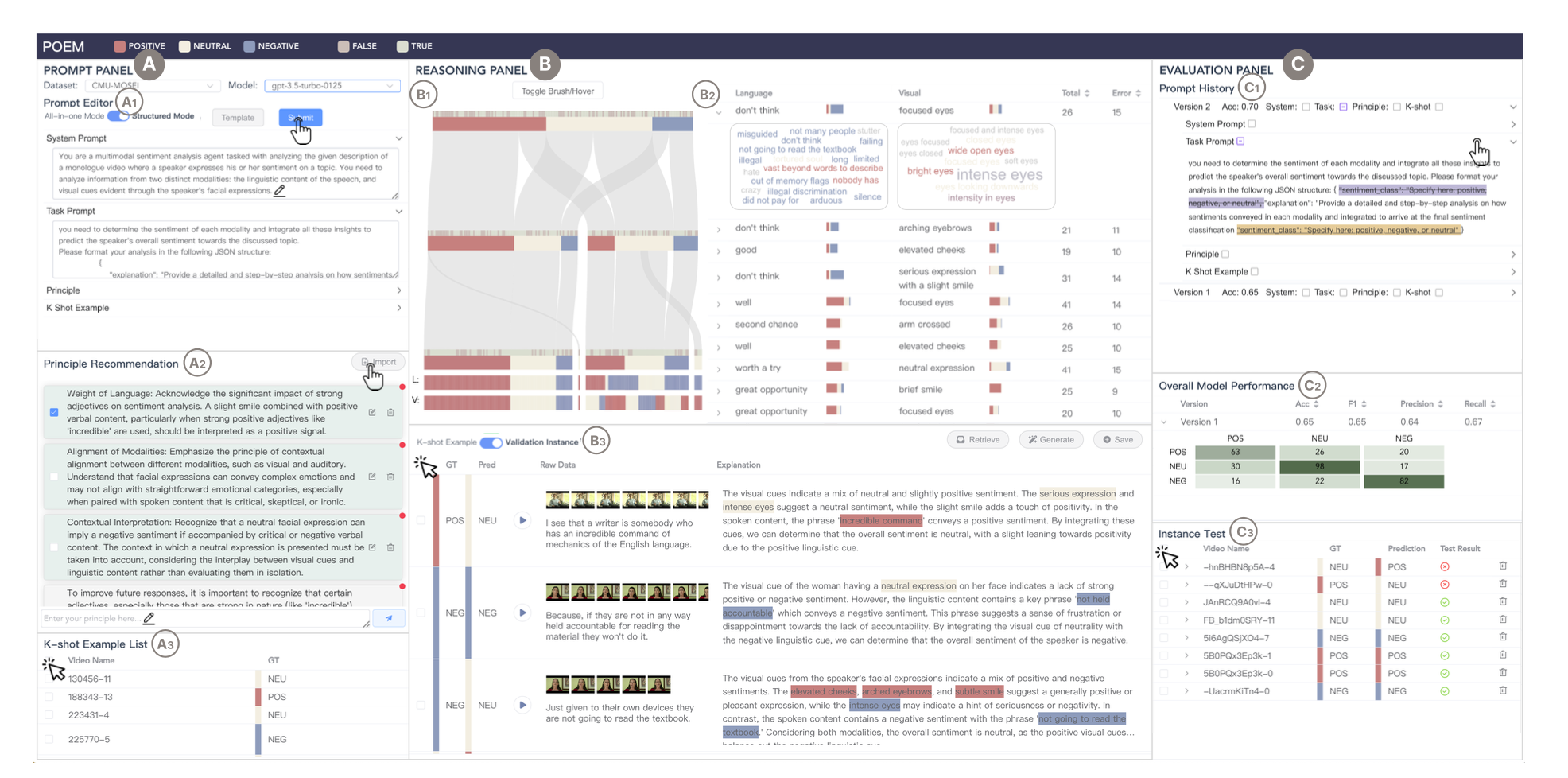
Summary: NLP Foundations
Key Takeaways:
- Even if human language is convoluted, we can still build advanced NLP systems that achieve good results.
- These systems are difficult to explain and interpret.
- Dense representations have much more information than sparse ones, such as the meaning, position, and relations between tokens.
- In a transformer, Q and K spaces are the mechanisms for selection (interpretable via patterns of relevance), while V space is the content being selected (abstract, combined, and thus harder to ground linguistically on its own).
